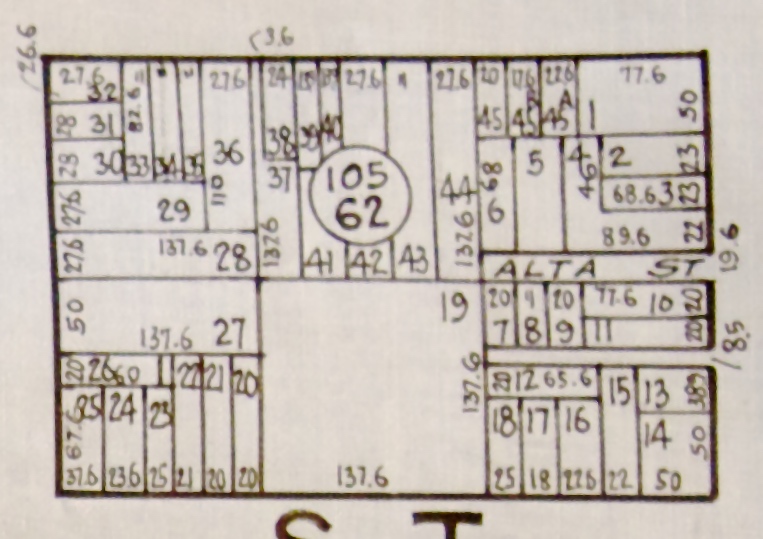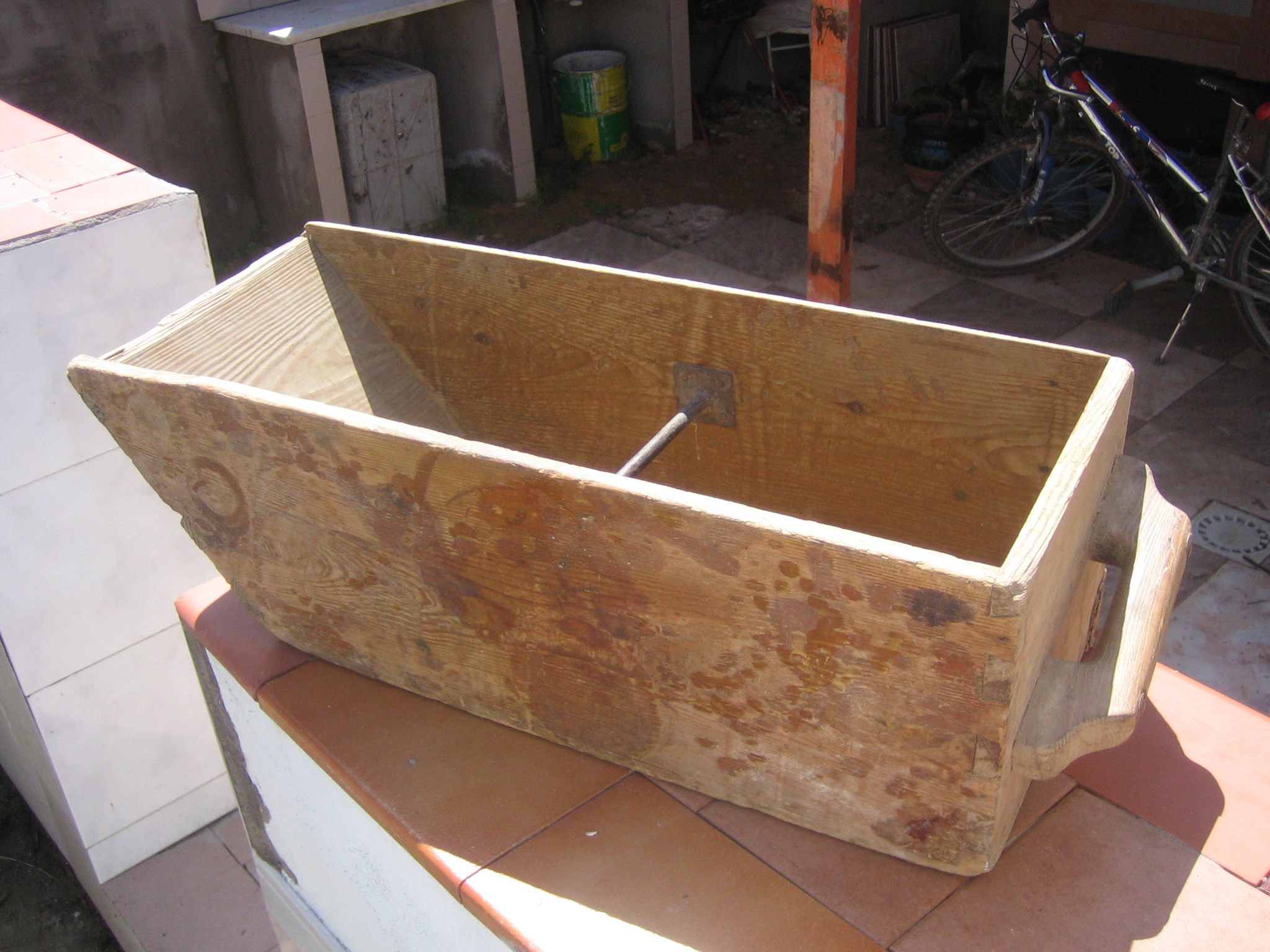|
Argentine Units Of Measurement
A number of different units of measurement were used in Argentina as its national system was derived from Spanish Castillian. The metric system was legally optional since 1863 and has been compulsory since 1887. Pre-metric units A number of different units were used before 1887. Length A number of different units were used to measure length. These units varied from one province or city to another. In the province of Buenos Aires, one vara (yard) was 0.8666 m. Some other units used in the province of Buenos Aires are given below: 1 línea (line) = vara 1 pulgada (inch) = vara 1 palma (palm) = vara 1 pié (foot) = vara 1 braza (fathom) = 2 vara 1 cuadra = 150 vara 1 legua (league) = 6000 vara. Railway measures There were some other units used on the railways. One legua was equal to 600 varas (0.3231 mile). One milla was equal to 1.85 km (1.149 miles) Mass Different units were used to measure mass. These units were vary from one province or city to an ... [...More Info...] [...Related Items...] OR: [Wikipedia] [Google] [Baidu] |
Units Of Measurement
A unit of measurement is a definite magnitude (mathematics), magnitude of a quantity, defined and adopted by convention or by law, that is used as a standard for measurement of the same kind of quantity. Any other quantity of that kind can be expressed as a multiple of the unit of measurement. For example, a length is a physical quantity. The metre (symbol m) is a unit of length that represents a definite predetermined length. For instance, when referencing "10 metres" (or 10 m), what is actually meant is 10 times the definite predetermined length called "metre". The definition, agreement, and practical use of units of measurement have played a crucial role in human endeavour from early ages up to the present. A multitude of System of measurement, systems of units used to be very common. Now there is a global standard, the International System of Units (SI), the modern form of the metric system. In trade, weights and measures is often a subject of governmental r ... [...More Info...] [...Related Items...] OR: [Wikipedia] [Google] [Baidu] |
Metric System
The metric system is a system of measurement that succeeded the Decimal, decimalised system based on the metre that had been introduced in French Revolution, France in the 1790s. The historical development of these systems culminated in the definition of the International System of Units (SI) in the mid-20th century, under the oversight of an international standards body. Adopting the metric system is known as ''metrication''. The historical evolution of metric systems has resulted in the recognition of several principles. Each of the fundamental dimensions of nature is expressed by a single base unit (measurement), base unit of measure. The definition of base units has increasingly been realisation (metrology), realised from natural principles, rather than by copies of physical artefacts. For quantities derived from the fundamental base units of the system, units SI derived unit, derived from the base units are used—e.g., the square metre is the derived unit for area, a qu ... [...More Info...] [...Related Items...] OR: [Wikipedia] [Google] [Baidu] |
Spanish Customary Units
There are a number of Spanish units of measurement of length or area that are virtually obsolete due to metrication. They include the vara, the cordel, the league and the labor. The units of area used to express the area of land are still encountered in some transactions in land today. (unit of length) A (meaning "rod" or "pole", abbreviation: var) is an old Spanish unit of length. Varas are a surveying unit that appear in many deeds in the southern United States, and varas were also used in many parts of Latin America. It varied in size at various times and places; the Spanish unit was set at about in 1801. In Argentina, the vara measured about , and typical urban lots are wide (10 Argentine varas). At some time a value of was adopted in California. In Texas, a was defined as , or 1 yard = 1.08 . The and the corresponding unit of area, the square , were introduced in the 19th century to measure Spanish land grants. Stephen F. Austin's early surveying contracts requ ... [...More Info...] [...Related Items...] OR: [Wikipedia] [Google] [Baidu] |
Buenos Aires Province
Buenos Aires (), officially the Buenos Aires Province (''Provincia de Buenos Aires'' ), is the largest and most populous Argentine province. It takes its name from the city of Buenos Aires, the capital of the country, which used to be part of the province and the province's capital until it was federalized in 1880. Since then, in spite of bearing the same name, the province does not include Buenos Aires proper, though it does include all other parts of the Greater Buenos Aires metropolitan area. The capital of the province is the city of La Plata, founded in 1882. It is bordered by the provinces of Entre Ríos to the northeast, Santa Fe to the north, Córdoba to the northwest, La Pampa to the west, Río Negro to the south and west and the Autonomous City of Buenos Aires to the northeast. Uruguay is just across the Rio de la Plata to the northeast, and both are on the coast of the Atlantic Ocean to the east. Almost the entire province is part of the Pampas geographical regio ... [...More Info...] [...Related Items...] OR: [Wikipedia] [Google] [Baidu] |
Arroba
''Arroba'' is a Portuguese and Spanish custom unit of weight, mass or volume. Its symbol is @. History The word ''arroba'' has its origin in Arabic ''ar-rubʿ'' (الربع) or "quarter," specifically the fourth part (of a quintal), which defined the average load which a donkey could carry. Spain and Portugal In weight it was equal to 32 pounds (14.7 kg) in Portugal and 25 pounds (11.5 kg) in Spain. The unit is still used in Portugal and Spain by cork merchants and pig farmers. Arroba and bushel as weight units are similar (15 kg). Latin America The unit is still used in Brazil by the agricultural sector, mainly in the cotton and cattle business. The modern metric arroba used in these countries in everyday life is defined as . In Colombia, Ecuador, and Peru the arroba is equivalent to . In Bolivia nationally it is equivalent to . However locally there are many different values, ranging from in Inquisivi to in Baures. [...More Info...] [...Related Items...] OR: [Wikipedia] [Google] [Baidu] |
Quintal
The quintal or centner is a historical unit of mass in many countries which is usually defined as 100 base units, such as pounds or kilograms. It is a traditional unit of weight in France, Portugal, and Spain and their former colonies. It is commonly used for grain prices in wholesale markets in Ethiopia and India, where 1 quintal = 100 kg. In British English, it referred to the hundredweight; in American English, it formerly referred to an uncommon measure of 100 kilograms. Languages drawing its cognate name for the weight from Romance languages include French, Portuguese, Romanian and Spanish , Italian , Esperanto , Polish . Languages taking their cognates from Germanicized ''centner'' include the German , Lithuanian , Swedish , Polish , Russian and Ukrainian (), Estonian and Spanish . Many European languages have come to translate both the imperial and American hundredweight as their cognate form of ''quintal'' or ''centner''. Name The concept has resulted in two ... [...More Info...] [...Related Items...] OR: [Wikipedia] [Google] [Baidu] |
Fanega
The fanega or Spanish bushel was an old measure of dry capacity in Spanish-speaking countries. It was generally used in an agricultural context to measure quantities of grain. The measure varied greatly, but in Castile, it was equivalent to roughly 55.5 liters. It was also a measure of surface area that was further subdivided into 100 varas, or the amount of land that could be sown with a fanega of seed. See also * Bushel A bushel (abbreviation: bsh. or bu.) is an imperial and US customary unit of volume based upon an earlier measure of dry capacity. The old bushel is equal to 2 kennings (obsolete), 4 pecks, or 8 dry gallons, and was used mostly for agric ... External links {{wiktionary Units of volume Obsolete units of measurement ... [...More Info...] [...Related Items...] OR: [Wikipedia] [Google] [Baidu] |
Argentine Culture
The culture of Argentina is as varied as the country's geography and is composed of a mix of ethnic groups. Modern Argentinian culture has been influenced largely by Italian, Spanish, and other European immigration, while there is still a lesser degree of elements of the Amerindians of Argentina, particularly in the fields of music and art. Buenos Aires, its cultural capital, is largely characterized by both the prevalence of people of Southern European descent, and of European styles in architecture.Luongo, Michael. ''Frommer's Argentina''. Wiley Publishing, 2007. Museums, cinemas, and galleries are abundant in all of the large urban centers, as well as traditional establishments such as literary bars, or bars offering live music of a variety of music genres. An Argentine writer reflected on the nature of the culture of Argentina as follows : Language The spoken languages of Argentina number at least 40, although Spanish is dominant. Others include native and other immigr ... [...More Info...] [...Related Items...] OR: [Wikipedia] [Google] [Baidu] |




